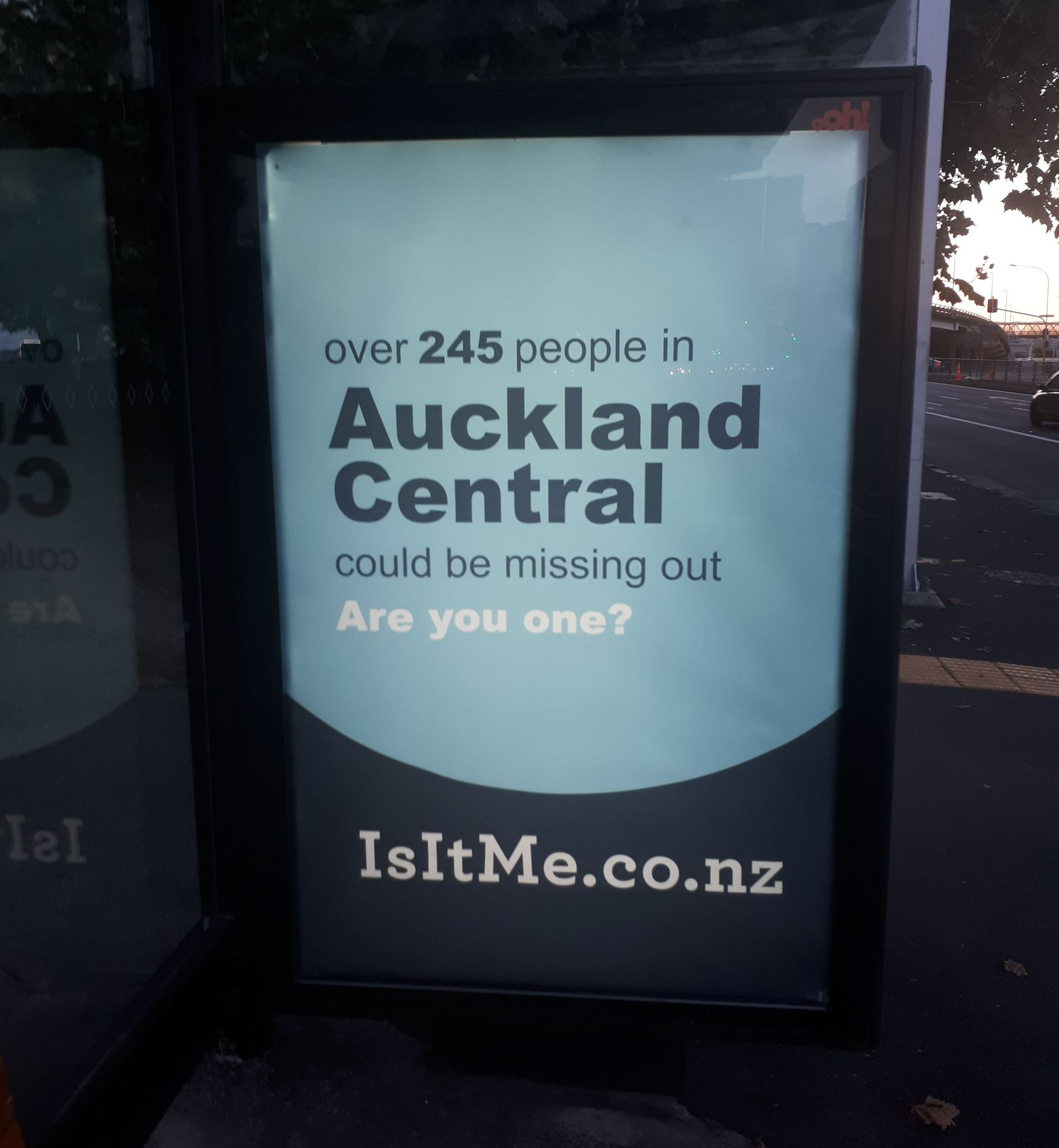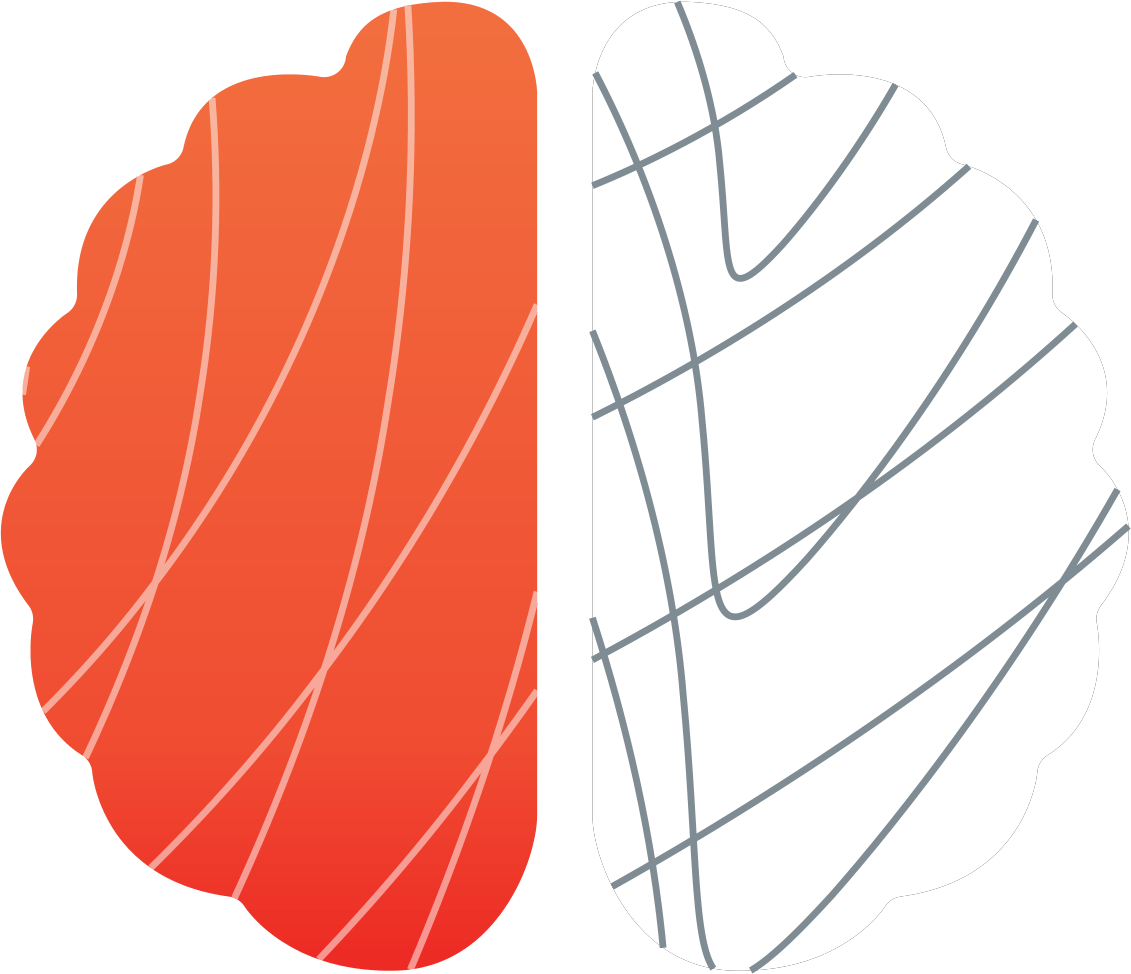There's a fraction too much friction
My family has health insurance. We spend quite a bit on it too, it’s one of those things that just doesn’t get cheaper. And if you have health insurance that covers GP visits, dentists visits and the like – you want to make sure you use it. So why then, despite spending this money for a service I intend to use, do I not claim?
I don’t consider myself a particularly lazy person, or a procrastinator, but there is no denying that the small amount of effort I need to exert when making the claim – having my claim details handy, my insurance details handy, my log in and password – puts me off from doing it.
It's friction.
In the world of psychology, friction is essentially something that slows you down, or acts as an obstacle to performing an intended behaviour. It can be used as a positive (more on that another day) but in many cases it’s negative. And when an organisation is looking to change the behaviour of a consumer or increase the chances of a consumer taking the action they want, one thing we look at is where there is friction in the journey.
Here are some real-world examples of friction exerting an impact.
And it can be surprising just how little friction can make a difference
Take Google, well known for providing endless snacks for their employees. However, when employees started complaining about gaining weight, Google wanted to help (after all, healthy employees make happy employees).
After studying the behaviour of employees in the kitchens, Google didn’t change what was on offer, but made subtle changes to how it was arranged. The first thing you see upon entering a Google kitchen is now fresh fruit and vegetables. The M&Ms that people couldn’t resist grabbing a handful of when making their coffee were moved further away (now just over 5 metres instead of the 2-metre distance they were) and put into opaque containers.
Personal autonomy remained, but better choices were made.
A previous workplace took advantage of this concept when trying to encourage greater recycling and lower waste going to landfills. They simply picked up everyone’s bins and moved them a few metres past the recycling bins. A small amount of additional effort (friction) that lead to positive outcomes.
It's not all bad: The positive impact of friction
Friction can, on occasion, have unintended positive consequences for consumers, particularly where this disrupts habitual behaviours.
In 2014, staff working on London’s underground network went on strike causing massive disruption to millions of commuter trips. Strikes resulted in some, but not all, of the networks underground stations to be closed, meaning some commuters were forced to look for new routes while others were able to continue with existing routes. After strikes finished, 5% of disrupted commuters continued with their new routines – suggesting that they’d optimised and improved their travel to work.
Friction in the world around us
Going back to the example of my health insurance. There are a couple of ways you could look at this:
- Is the friction created on purpose, to discourage me from making a claim (and thus lining their pockets?) or
- Have they removed a lot of friction in the process by enabling me to claim online or in an app, but some friction remains, which may well be on an agile backlog to address in the future?
My rose-tinted glasses may be on here, but I believe organisations rarely create friction points today with the intention of a negative result for the customer – the organisations I have worked with seem to have an honest desire to remove the effort from their customer experience. My belief is these come about unintentionally – from a lack of awareness that it’s occurring in the first place or uncertainty about how to resolve a known issue.
But it’s in our benefit as organisations to create experiences that support a customer’s best interest and deliver the outcomes we desire – they don’t have to be mutually exclusive.
We’d love to hear your examples of friction you’ve experienced as a customer. Email us at hello@neurospot.co.nz!
Main photo by Sean Foster on Unsplash




